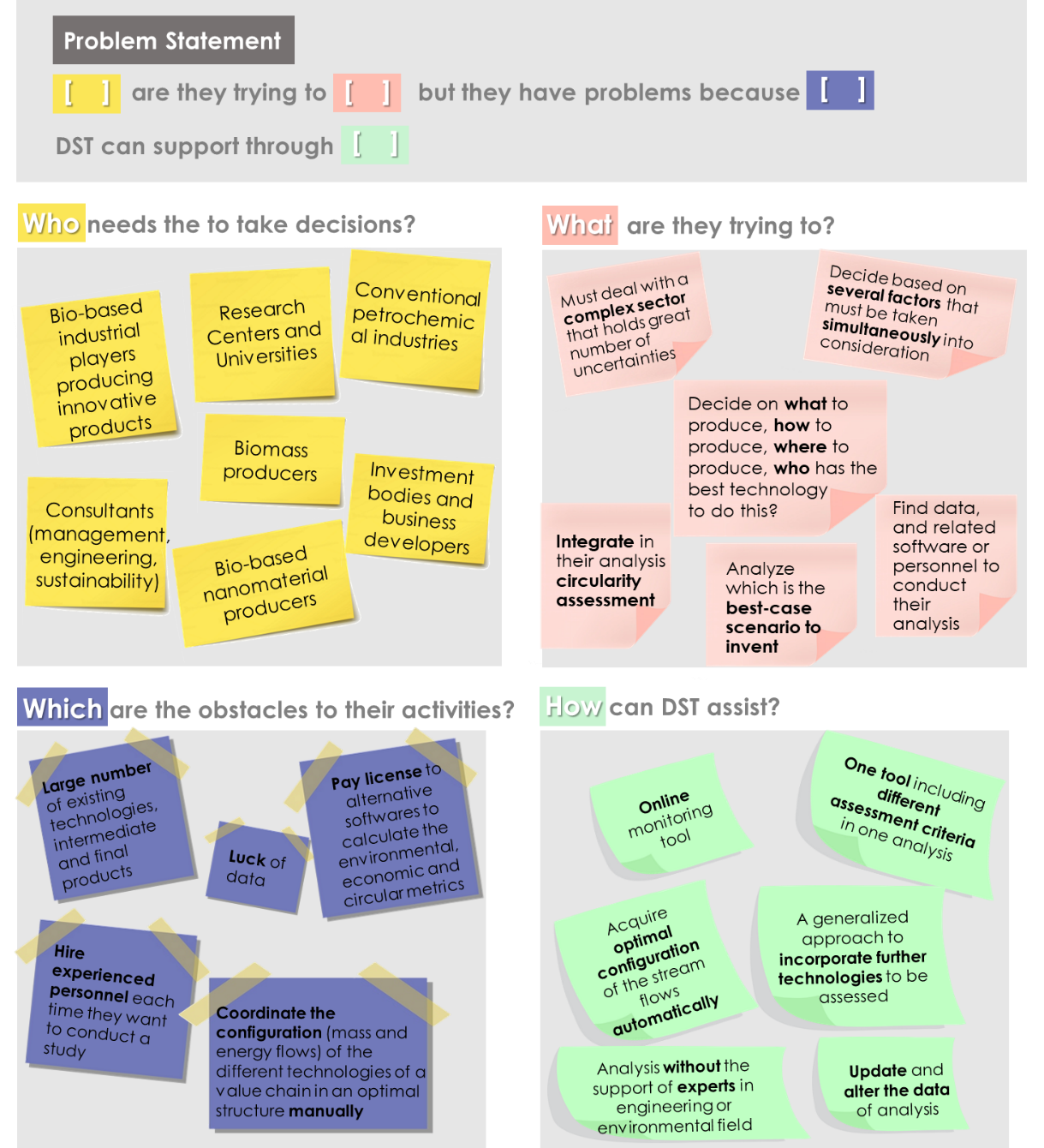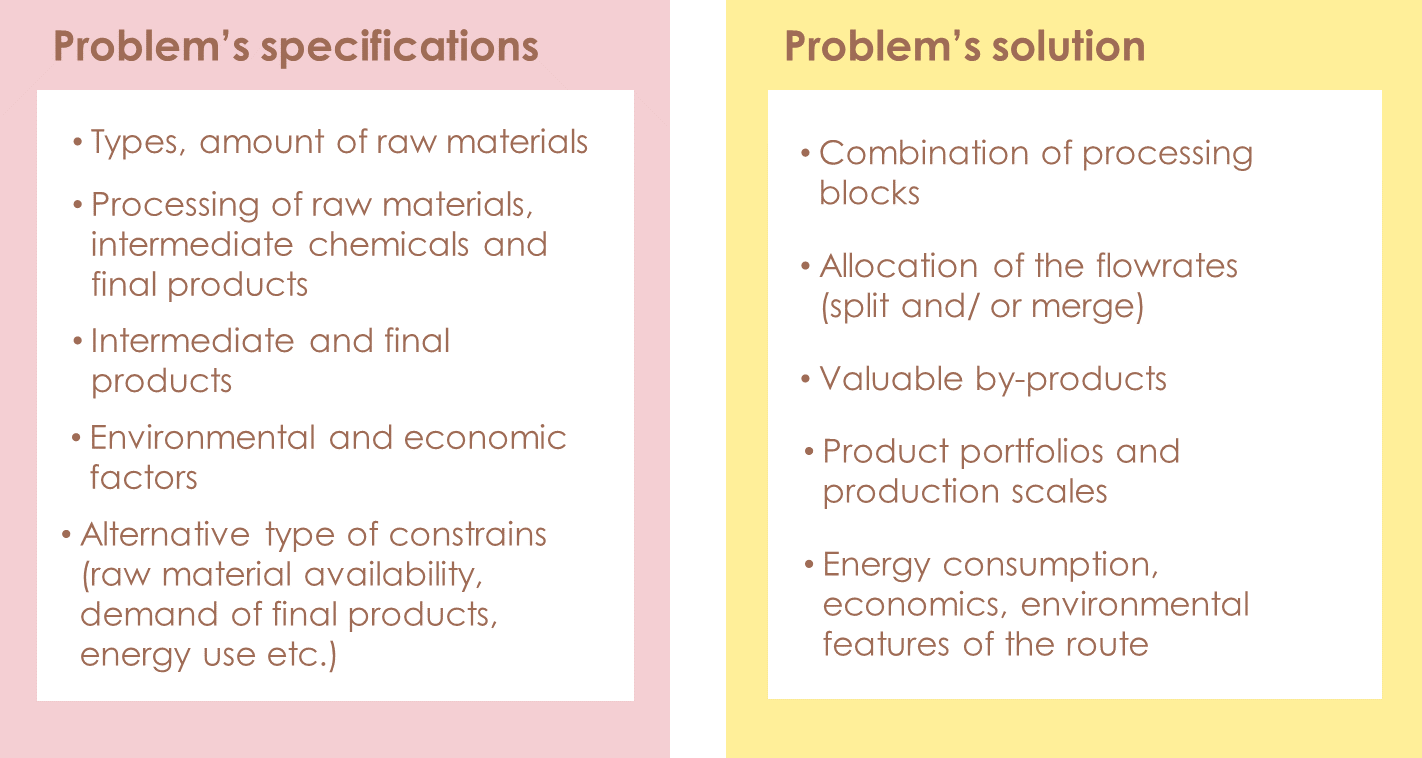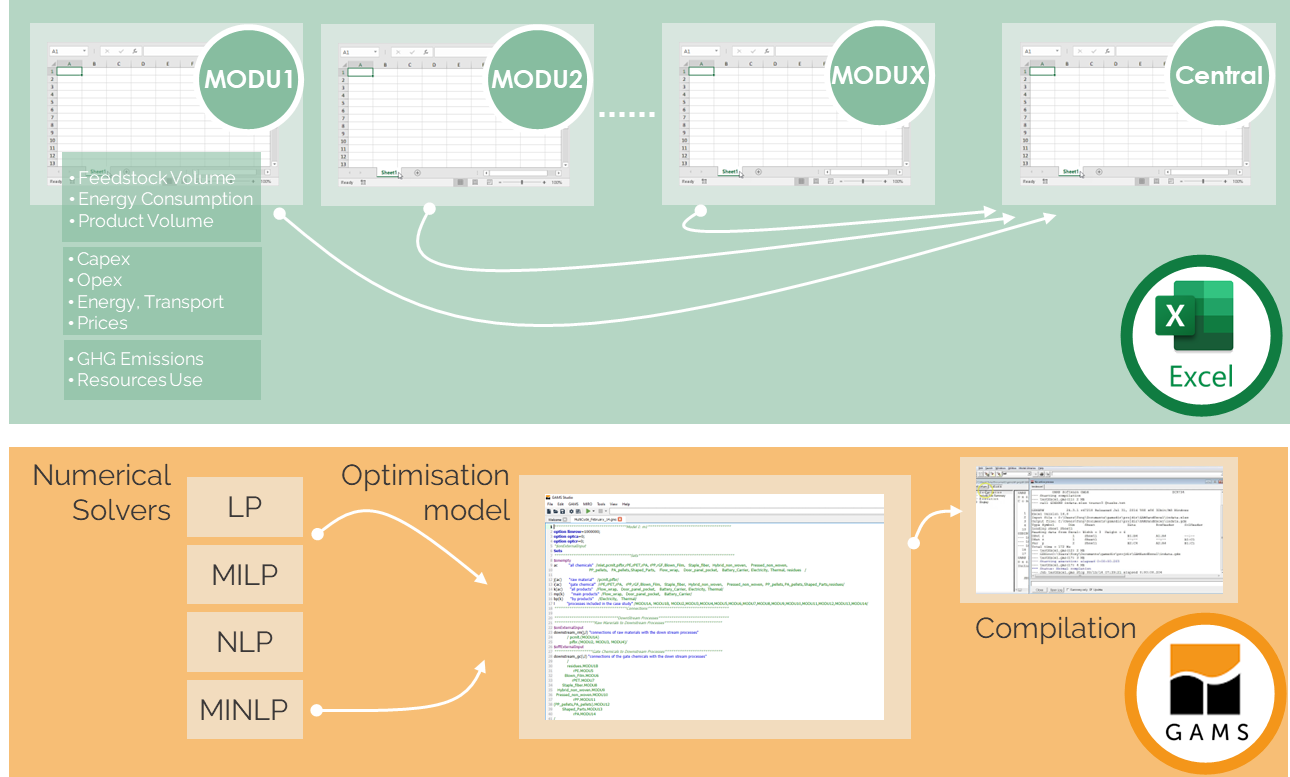18.07.2023
Value chains… A teamwork sport!

August 2023, Budapest, the World Athletic Championships! I am searching curiously for the schedule to find the Relay Race. For sure you will agree that this is one of the most exhilarating sights in an athletics event. The epitome of teamwork and coordination. The importance of the unit and its integral role in facilitating the efficient functioning of the overall system.
If you think about it, you will realize that the different value chains in the market have a similar concept. The athletes can be considered acting as individual actors within a single chain, where the material and energy flows act as the relay race baton. The success of the overall race depends on their own performance, but especially on the effective interaction among all players throughout the entire chain.
Nowadays, the industrial world and economy pose many challenges that need to be addressed, such as circularity, sustainability, safety, feasibility…add to these factors: innovative solutions, alternative raw materials, nanocomposites, renewable energy sources…and you will understand the chaotic picture on a beaten path…
To maximize efficiency, an accurate organization and assignment of each "athlete" to their crucial position within the chain is essential. This designated position ensures that the efficiency gained benefits not only the individual unit but also the entire chain. This involves structuring the exchange of the "relay race baton" and designing pathways that consider factors such as cost, environmental impact, circularity, and energy consumption, aiming to achieve the best possible outcome.
To achieve a smooth coordination of actions, there is an emerging need for a holistic approach consolidating all these factors at once. To this end, a tool guiding decision toward the optimal configuration of processes in a value chain path is essential. To effectively address and optimize the positioning requirements while incorporating vital assessment criteria, AXIA proposes the design of a Decision Support Tool (DST), assessing the different value chain paths covering this essential need. From a market perspective, Figure 1 provides a comprehensive summary of the problem description, outlining "the need," as well as the value proposition that the DST will offer as "the solution."

Figure 1. Problem Statement and DST value proposition
Methodological Approach
The value chain is a composition of different technological processes towards the production of a final product. Integrating different value chains in the field can be a complex task, as it requires screening various routes, identifying multiple flows connecting alternative processing blocks, and conducting a thorough analysis of all potential combinations. This process needs to be repeated while considering different criteria each time! To be able to efficiently assess the alternative value chain paths, it is essential to develop a generalized framework able to be customized in the different industrial sectors taking into consideration multiple criteria at the same time.
To eliminate the time-consuming procedure and following the process synthesis and optimization techniques, a superstructure approach is adapted to materialize the DST. The different processing blocks follow a conceptual consideration where the processes are acting as black boxes and characterized by the main inlet and outlet streams. Following, the processes of the alternative value chains are combined and represented through a superstructure network. This approach ensures that all possible processing routes are considered simultaneously. At the next step the connections between these units are translated into a mathematical model, which will be then optimized against various criteria.
Figure 2 describes the minimum of data specifications that describe the problem along with the outline of the problems’ solution.

Figure 2. The description of the problem solved by the Decision Support Tool
Conceptual Design of the DST
The development of the framework of relevant DST are based on the functional requirement and the methodological approach and considerations that are formulating the problem. A generic approach has been developed as a basis for the initial design of the DST. The tool is composed of two components:
- Central database. This database stores common data for individual processes of a value chain (Modular Unit of Synthesis – MODU) that need to be placed (performance data -mass flows, energy use, economic, GHG emissions etc.) and a central place including summarized information for all the MODUs included in the assessment. The database environment was selected to be EXCEL since it allows communication with the optimization model software as will be described below.
- Optimization model. For the optimization model, a commercial software was selected (GAMs ) offering a solid background for the development and the problem-solving. Based on the data supplied by the central database, the optimization model implements the expected functions to determine optimal value chain pathways toward a particular goal (e.g., maximizing the profit, minimizing the GHG emissions). The restrictions that can be incorporated can be multiple providing thus the potential to see how the whole system responds to achieve the goal. The structure of the optimization code allows for the incorporation of more value chains (given the same quality and quantity of data required) supporting what-if studies on the selected optimal production routes.

Figure 3. The design framework of the Decision Support Tool
Value Chain Assessment in the BIOMAC project and a step further…
The BIOMAC project provides an ideal environment for the development of an impactful Decision Support Tool. The project focuses on decomposing different types of biomass (wood and lignocellulosic) into its main precursor chemicals such as cellulose, hemicellulose, and lignin, along with the nanomaterials derived from them as nano-lignin, nanocellulose. The target is a wide range of market applications targeted in the field of automotive, agriculture, packaging, construction, and printed electronics. 17 pilot lines are combined in 5 alternative Value Chains (Test Cases) formulating the superstructure network of BIOMAC. Further, DST deploys a generic design to incorporate processes relevant to the customers of the BIOMAC Open Innovation Test Bed (OITB), expanding the network connections and the final markets that it addresses.
The DST aims to support stakeholders from different parts of the bio-based value chain, including researchers, industry professionals, policymakers, and investors. However, due to its nature as an optimization model, the full utilization, modification, and understanding of the DST's functionalities may require expertise in coding.
To overcome this obstacle, as a part of the BIOMAC project, an online platform is envisioned to be developed by project partners RDC. This platform will have a user-friendly interface supporting the navigation of the users and the utilization of the tool effectively. Users will be able to define their studies, provide specifications, run different scenarios, and exploit the advancements of the bio nano-enabled processes.
Yes, yes, we are progressing with this! Are you ready to run with us?
Dr. Marinella Tsakalova, Project Manager AXIA Innovation
____________________________________
https://www.gams.com/